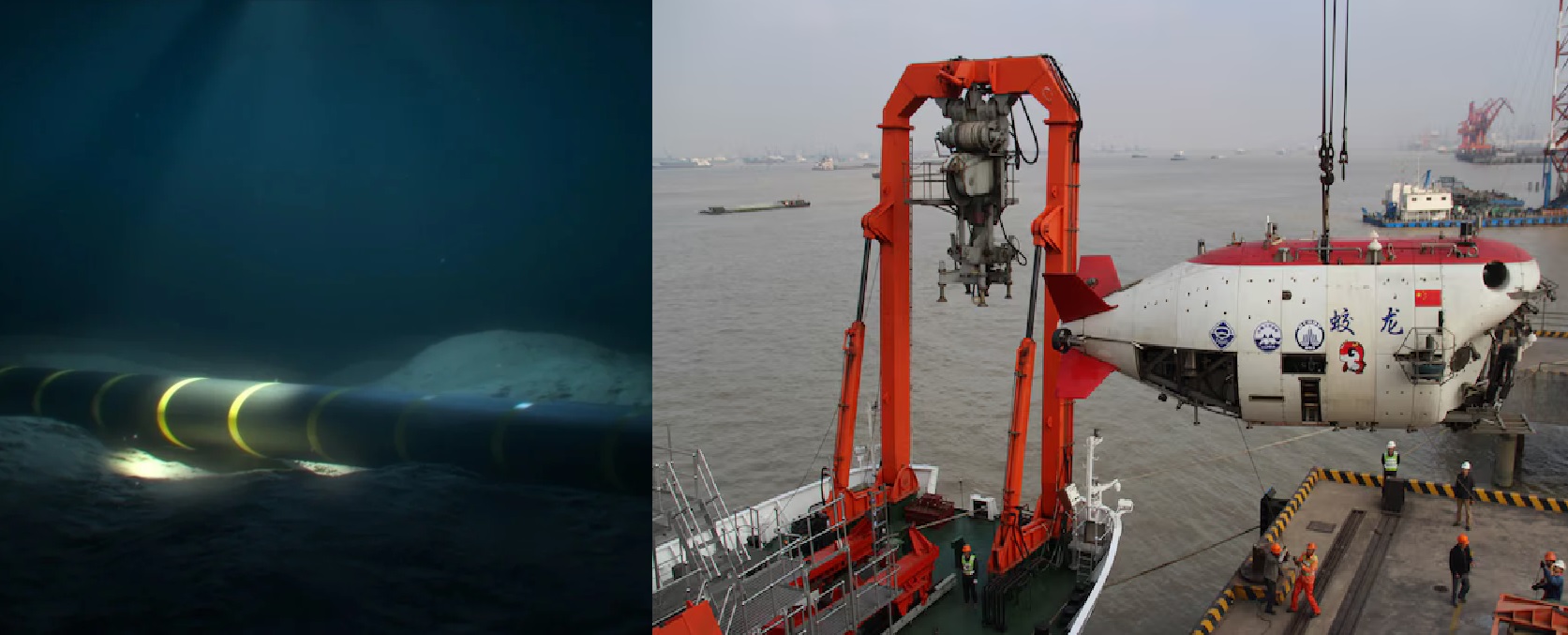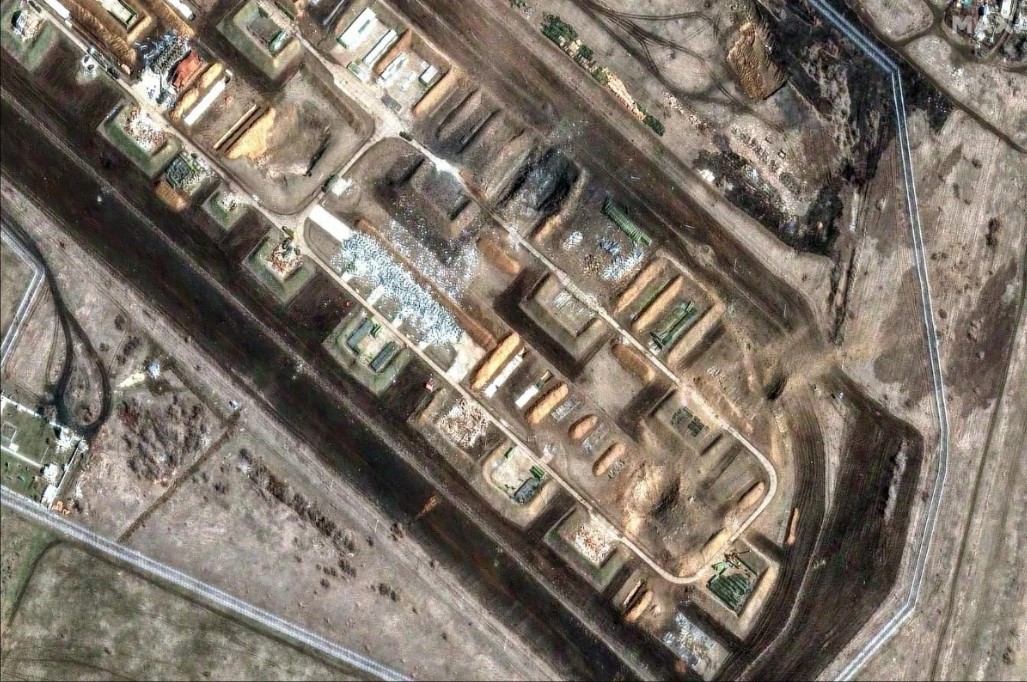Safran Upgrades NGDS Decoy Launcher to Combat Drone and Missile Threats with Mistral Missiles

During Euronaval 2024, Safran Electronics and Defense unveiled a significant upgrade to its NGDS (New Generation Dagaie System) decoy launcher, transforming it into a multi-purpose close-in weapon system (CIWS) through the integration of Mistral 3 missiles. This advancement marks an innovative leap in naval defense, specifically designed to counter the increasing threat from low-cost, high-impact offensive systems such as loitering munitions, kamikaze drones, and small fast-attack boats.
From Decoys to Defenders: The NGDS with Mistral Missiles
The NGDS launcher, already well-regarded in the French Navy and numerous other naval forces, originally deployed soft-kill measures like chaff, flares, and obscurants to confuse and mislead incoming threats. Now, with the Mistral 3 missile integration, NGDS offers a rapid-response, hard-kill alternative capable of intercepting low-altitude threats, sea-skimming missiles, and fast surface targets within a range of up to 8 kilometers. In tests, the Mistral 3 has intercepted targets as far as 12 kilometers, showing promising resilience in high-intensity conflicts.
The modification allows each NGDS unit to support up to eight Mistral missiles, four on each side, enabling the system to operate in a close-in weapon role similar to the American Rolling Airframe Missile (RAM). Typical French naval vessels have two NGDS launchers installed, providing ships with an onboard defensive network of 16 missiles. With this hybrid configuration, Safran offers naval forces a flexible option to respond to a diverse range of threats, essentially transforming a decoy launcher into a robust CIWS solution.
Design and Modularity: Efficient Reload and Expanded Capability
The NGDS retains its original decoy functionality, enabling it to fire up to eight Lacroix 150 mm SEALEM and SEALIR rockets equipped with advanced RF (radio frequency) and IR (infrared) payloads. During sea trials in 2024, NATO-standard 130 mm munitions were successfully fired, demonstrating the NGDS’s adaptability to various caliber requirements. Safran's design simplifies reloading, allowing ship crews to swiftly reload Mistral missiles while underway, a significant operational advantage not achievable with most other PDMS (point-defense missile systems) like the RAM launcher, which requires docking for reload.
Moreover, Safran and SH Defence's collaboration on modular systems allows for even greater flexibility. SH Defence's "Cube System" introduces a modular rail setup for rapid deployment or removal of NGDS units on ships. This adaptability means navies can adjust the defensive configuration based on mission requirements, an attractive feature for modernizing navies like Denmark's, which has incorporated NGDS on its upcoming patrol vessels.
Responding to Modern Naval Threats
The innovation aligns with evolving defense needs in regions like the Red Sea and Black Sea, where ships face increasing asymmetric threats. Recent conflicts, such as Russia's activities in the Black Sea and attacks in the Red Sea, demonstrate the cost-inefficiency of using advanced, high-cost missiles against small, inexpensive threats. The NGDS-Mistral combination addresses this need for lower-cost, sustainable defense measures.
“The upgrade addresses a critical need for autonomous and efficient defense in high-risk areas,” commented Pierre-Olivier Nougues, VP of Sales and Marketing at Safran, highlighting its practicality. Safran estimates that a refit for existing NGDS systems could be completed in as little as six to twelve months, offering a rapid deployment timeline for navies facing urgent operational demands.
A Broader Path to Interoperable and Scalable Naval Defense
While Mistral missiles now take a central role in the NGDS, Safran has also initiated discussions with Thales about potentially integrating new rocket systems designed for counter-drone applications. Other missile systems like MBDA's Akeron MP might also become part of this adaptable launcher in the future, broadening its operational range against a wider threat spectrum.
Safran's NGDS upgrade exemplifies the future of modular, hybrid defense systems that balance cost-efficiency with advanced threat engagement capabilities, signaling a notable evolution in naval CIWS technology. With this, navies worldwide can deploy versatile, adaptive defensive solutions on the front lines without compromising availability, readiness, or affordability.



